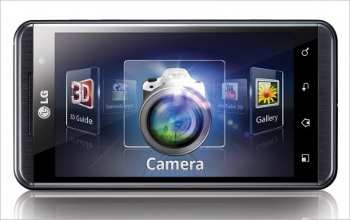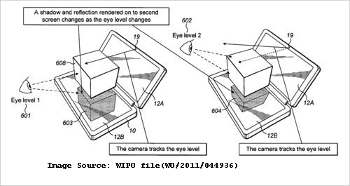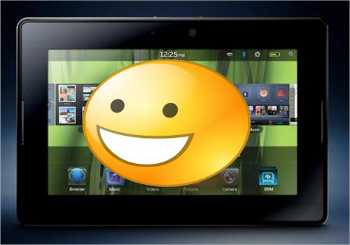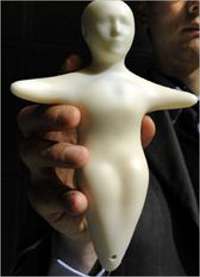The Optimus 3D becomes the first ever 3D smartphone to feature an augmented reality browser.

LG Optimus 3D, which is possibly the first smartphone to have a three dimensional screen, will also have a 3D augmented reality (AR) browser. LG Electronics has announced the inclusion of the AR browser in collaboration with Wikitude, an independent augmented reality browser developer.
With this, LG Optimus 3D became the first smartphone to feature a 3D augmented reality browser.
Augmented Reality (AR) is a real-time technology that overlays detailed information (such as graphics and audio) to the user's surrounding as captured through smartphone cameras and other devices.
The Wikitude 3D browser allows better interaction and engagement with real-time user environments. While 2D AR only displays overlapped objects, 3D AR takes it a step further while showing places, landmarks and objects in three dimensions, making them easier to distinguishable. The browser allows users to discover details about their surroundings and access related Wikipedia articles and Twitter information directly from within the application itself.
"AR technology has been praised for its potential to replace the 'abstract' realities of standard mobile browsers with 'actual' reality streamed through the camera of the smartphone," said Dr Jong-seok Park, chief executive officer and president of LG Mobile.
The browser currently provides support for 12 languages with plans to increase this number in the near future. Users will be able to download Wikitude 3D from LG World for free starting from the middle of June, which also gives out a clear indication that LG plans to start selling the Optimus 3D device world over before June this year.
LG had announced the Optimus 3D during the Mobile World Congress earlier this year but has been keeping quite since then even though its competitor HTC announced the EVO 3D smartphone.



